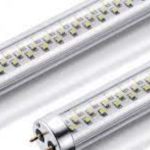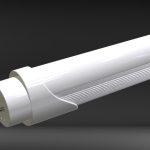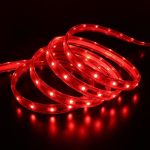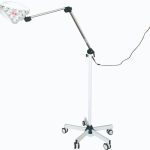LED vs Halogen: Which Light Reigns Supreme?
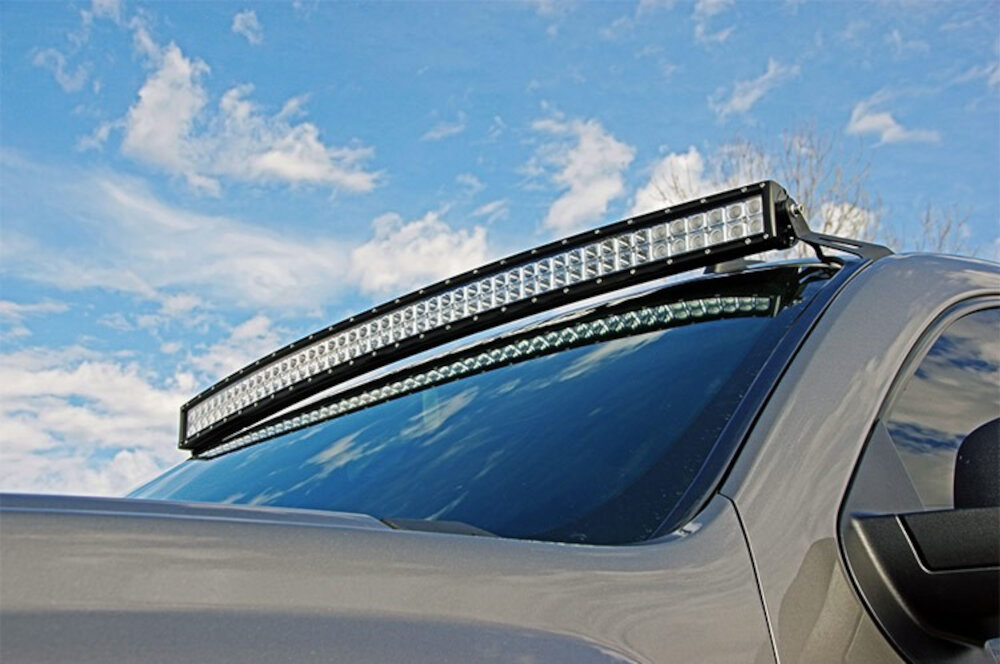
In the world of lighting, there are two major players that have been competing for a long time: LED and Halogen. These two technologies have been used for a variety of applications, including home lighting, commercial lighting, automotive lighting, and more. While both LED and Halogen lights are popular, they have some significant differences that make them suitable for different uses. Halogen lights have been around for decades and are known for their bright and warm light. These bulbs use a tungsten filament that is heated to produce light, and they are often used for general lighting purposes. Halogen lights are popular for their affordability, and they are widely available in hardware stores and online. However, Halogen bulbs are not very energy-efficient, and they can get very hot, which can be a safety hazard. On the other hand, LED lights are relatively new to the market but have quickly become popular due to their energy efficiency and long lifespan. LEDs use a semiconductor to produce light, and they are available in a wide range of colors and designs. LED lights are more expensive than Halogen lights, but they are more durable and can last up to 25 times longer.
LED and halogen lights are two popular lighting options in the market. LED lights are a newer technology that uses a semiconductor to convert electricity into light. They are energy-efficient, long-lasting, and emit a brighter light than halogen bulbs. On the other hand, halogen lights use a filament that heats up to produce light. They provide a warm and natural-looking light but are less energy-efficient and have a shorter lifespan than LED bulbs. While both types of lights have their advantages and disadvantages, the decision of which to use ultimately depends on the individual’s needs and preferences.
Selecting the appropriate lighting for your needs is crucial for creating a comfortable and productive atmosphere. LED and halogen lights are two popular options, each with their own set of advantages and disadvantages. LED lights are energy-efficient, long-lasting, and emit less heat than halogen lights. On the other hand, halogen lights produce a warm and bright light that is ideal for showcasing artwork or highlighting architectural features. It is essential to consider factors such as the purpose of the space, color temperature, and budget when choosing between LED and halogen lights. By selecting the right light for your needs, you can enhance the ambiance of your space and improve your overall well-being.
Energy Efficiency
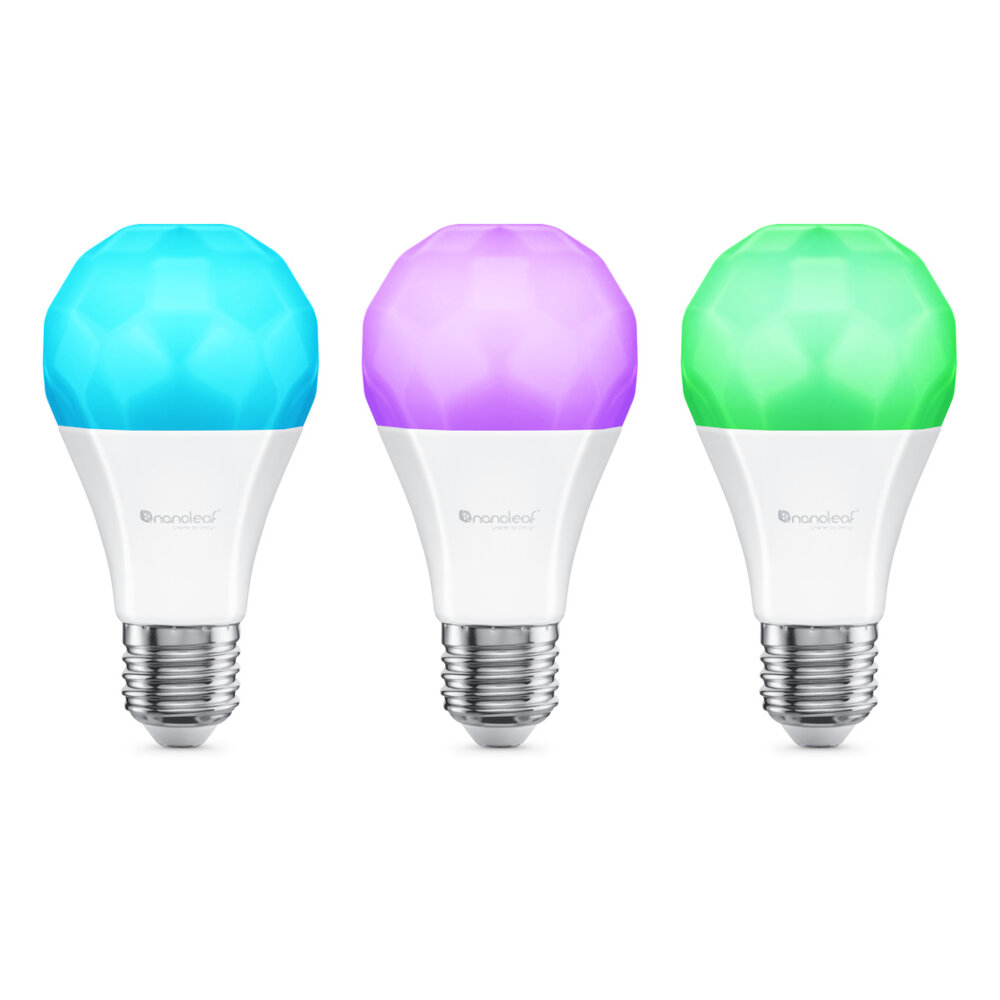
Energy efficiency is a crucial factor to consider when it comes to lighting. It is not only environmentally responsible to reduce energy consumption, but it can also save money on electricity bills. LED lights are the clear winner when it comes to energy efficiency. They use up to 80% less energy than halogen lights and can last up to 25 times longer. This means that LED lights not only save energy but also reduce the frequency of bulb replacements, which is another way to save money in the long run. In addition, LED lights produce less heat, which means that they are safer to use and can also reduce cooling costs in warmer climates. Halogen lights, on the other hand, are known for their high energy consumption and short lifespan. They are known to be inefficient and can lead to higher electricity bills. In addition, halogen lights produce a lot of heat, which can be uncomfortable in smaller spaces or during warmer months. While they may be cheaper to purchase initially, their short lifespan and high energy consumption make them a less cost-effective option in the long run. Overall, when it comes to energy efficiency, LED lights are the superior choice.
When it comes to energy consumption, LED lights are far more efficient than halogen lights. LED lights use up to 80% less energy than halogen lights, resulting in lower electricity bills and reduced carbon emissions. In addition, LED lights have a longer lifespan than halogen lights, which means that they need to be replaced less often, further reducing energy consumption. While halogen lights may be cheaper to purchase initially, the long-term savings of LED lights in terms of energy consumption and maintenance costs make them a more cost-effective and environmentally-friendly option.
LED lights are more energy-efficient than halogen lights because they require less energy to produce the same amount of light. Halogen lights produce light by passing electricity through a tungsten filament, which heats up and emits light. This process is highly inefficient, as a significant amount of energy is lost as heat. In contrast, LED lights produce light through a process called electroluminescence, which involves the movement of electrons through a semiconductor material. This process is much more efficient, as very little energy is lost as heat. Additionally, LED lights have a longer lifespan than halogen lights, which means that they need to be replaced less frequently, further reducing energy consumption. Overall, LED lights are a more sustainable and cost-effective lighting solution than halogen lights.
Brightness and Color
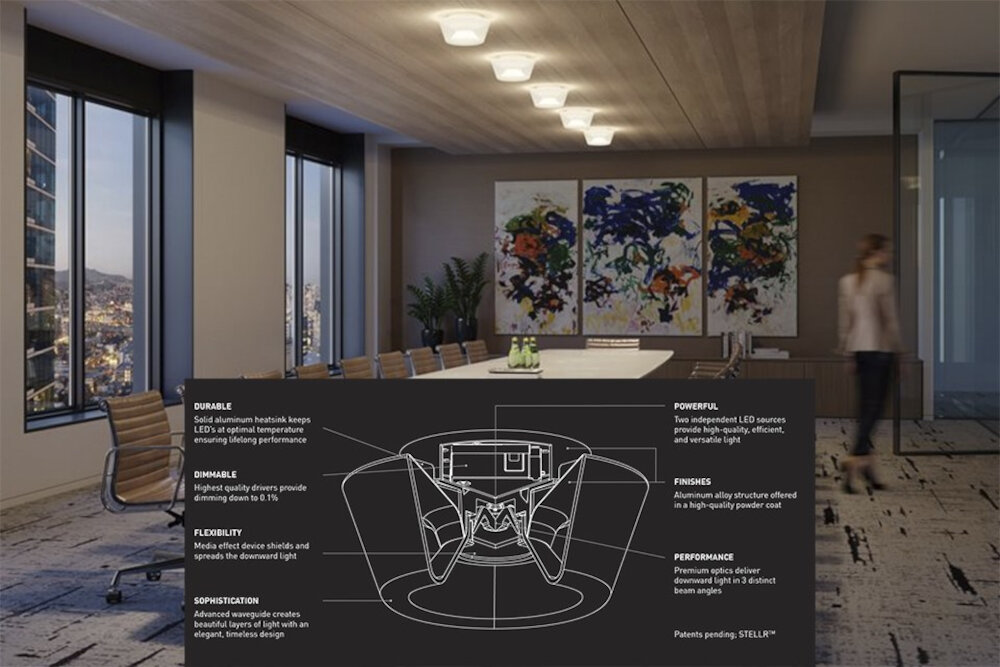
Brightness and color are two critical factors in determining the quality of light emitted by a bulb. With LED and halogen bulbs, there are some noticeable differences in terms of brightness and color. LED bulbs are known for their brightness and energy efficiency. They provide a more vivid and natural light compared to halogen bulbs. LED bulbs have a higher color rendering index (CRI) than halogen bulbs, which means they can reproduce colors more accurately. In addition, LED bulbs do not emit ultraviolet or infrared light, which can be harmful to the environment and humans. On the other hand, halogen bulbs have a warm, yellowish-white light that is similar to the natural light of the sun. They are known for their high brightness and intensity levels, making them ideal for outdoor lighting or task lighting. Halogen bulbs are also cheaper than LED bulbs, making them a popular choice for budget-conscious consumers. However, halogen bulbs have a shorter lifespan and are not as energy-efficient as LED bulbs. In addition, they emit more heat, which can be a concern in small spaces or confined areas. Ultimately, the choice between LED and halogen bulbs depends on the intended use and personal preferences of the user.
When it comes to brightness and color rendering, LED lights have a clear advantage over halogen lights. LED lights are significantly brighter than halogen lights, and they also produce a more natural and vibrant color. LED lights use less energy to produce the same level of brightness as halogen lights, which means they are more energy-efficient and cost-effective in the long run. Additionally, LED lights have a longer lifespan than halogen lights, which means they require less frequent replacement and maintenance. Overall, LED lights are a superior choice for those who want a brighter, more natural-looking light that is also more energy-efficient and cost-effective.
LED lights offer better color rendering and brighter light than Halogen lights due to several factors. Firstly, LED lights emit a brighter and whiter light than Halogen lights, which typically have a yellowish hue. Secondly, LEDs have a higher color rendering index (CRI) than Halogens, meaning they are better at reproducing colors accurately. This is because LED lights emit a broader spectrum of light, whereas Halogen lights are limited in their spectral output. Additionally, LEDs are more energy-efficient than Halogens, which means they can produce the same amount of light using less energy. This makes them not only more environmentally friendly, but also more cost-effective in the long run. Overall, LED lights are a superior choice when it comes to both color rendering and brightness compared to Halogen lights.
Lifespan and Maintenance
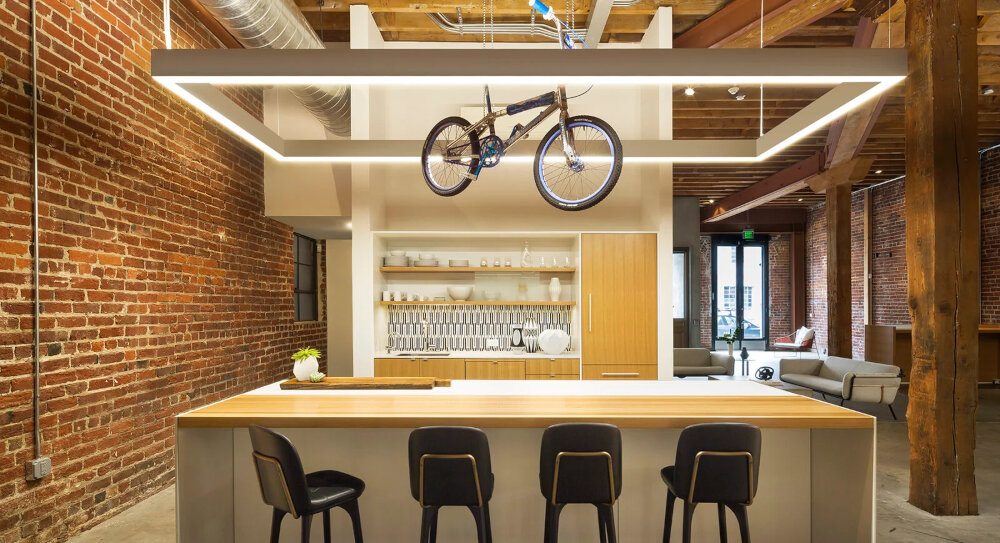
When it comes to lifespan and maintenance, LED lights come out on top compared to halogen lights. Halogen bulbs have a relatively short lifespan of around 2,000 hours, which means they need to be replaced frequently. On the other hand, LED lights can last up to 50,000 hours, which is significantly longer. This is because LEDs do not use filaments, which are prone to burning out, but instead rely on semiconductor technology that is more durable. The longer lifespan of LED lights not only means fewer replacements and lower maintenance costs but also reduces waste and helps the environment. Maintenance is also easier with LED lights. Halogen bulbs require careful handling because they heat up quickly and can break if touched while they are hot. LED lights, on the other hand, are much cooler and can be touched without fear of burning your fingers. This makes them easier to install and replace, and less likely to break during handling. Additionally, LED lights do not emit as much heat as halogen bulbs, which means they are less likely to cause damage to surrounding fixtures or materials. Overall, the longer lifespan and easier maintenance of LED lights make them a more practical and cost-effective choice compared to halogen lights.
When it comes to lifespan and maintenance requirements, LED lights are the clear winner over halogen lights. LED lights have a significantly longer lifespan, lasting up to 25 times longer than halogen lights. This means that LED lights require less frequent replacements, ultimately saving you money in the long run. Additionally, LED lights require less maintenance than halogen lights. Halogen lights require frequent bulb replacements and cleaning due to their tendency to attract dust and dirt. On the other hand, LED lights do not attract as much debris and require less frequent cleaning. Overall, the lifespan and maintenance requirements of LED lights make them a more practical and cost-effective choice over halogen lights.
LED lights have a longer lifespan and require less maintenance than Halogen lights due to their fundamental differences in technology. Unlike Halogen lights, which use a tungsten filament to produce light, LED lights use semiconductors that produce light when electricity flows through them. This means that LED lights are more energy-efficient and generate less heat, resulting in less wear and tear on the components. Furthermore, LED lights have no moving parts, which means that they are less prone to failure and require minimal maintenance. In contrast, Halogen lights tend to burn out faster due to the high temperatures they generate, and require frequent replacements to maintain optimal performance. Overall, the superior lifespan and reliability of LED lights make them a clear choice over Halogen lights for energy-efficient and low-maintenance lighting solutions.
Cost
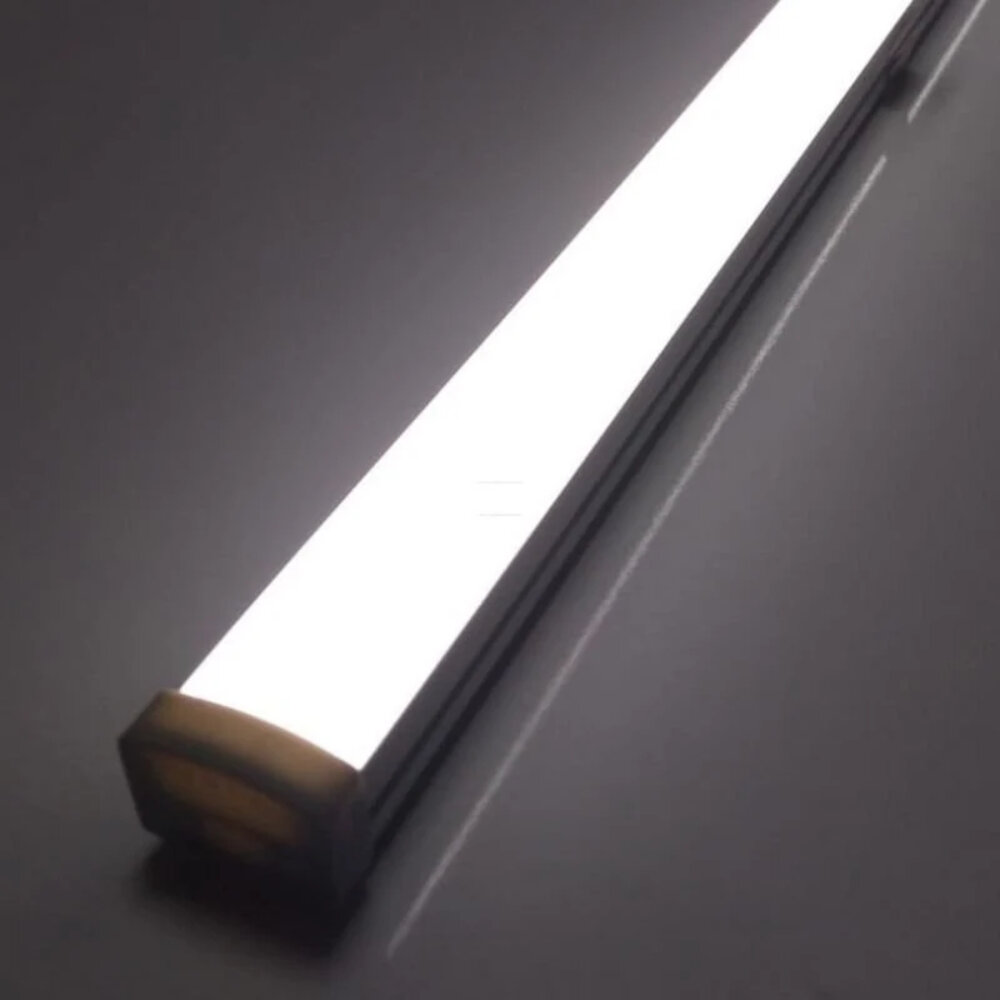
When comparing LED and halogen lights, cost is an essential factor to consider. Although LED lights may have a higher upfront cost, they are far more cost-effective in the long term. LED lights use significantly less energy than halogen lights, which is reflected in their lower electricity bill. Furthermore, LED lights require much less maintenance and replacement than halogen lights, which can save a significant amount of money over time. Halogen lights have a shorter lifespan than LED lights and require frequent replacements, which can add up to a higher cost in the long run. Additionally, LED lights emit less heat, reducing the need for air conditioning, further reducing energy consumption, and saving money on utility bills. It’s important to note that the cost of LED lights has significantly decreased in recent years, making them more affordable than ever before. Additionally, many utility companies offer rebates and incentives for homeowners who switch to energy-efficient LED lights. While halogen lights may have a lower initial cost, the long-term savings of LED lights make them a superior choice for both homeowners and businesses looking to save money and reduce their environmental impact. In conclusion, while the upfront cost of LED lights may be higher, their energy efficiency, longer lifespan, and reduced maintenance costs make them a far more cost-effective choice compared to halogen lights.
When it comes to cost, LED lights are more expensive than halogen lights upfront, but they save money in the long run. Halogen bulbs have a lower purchase price but consume more energy, resulting in higher electricity bills. In contrast, LED lights are more energy-efficient, which leads to lower electricity bills and longer lifespan, saving you money in the long term. Moreover, LED lights require less maintenance and replacement, making them a more cost-effective option. Although the initial cost of LED lights may seem high, the long-term savings make them a better investment. Therefore, if you are looking for a lighting solution that is cost-effective in the long run, LED lights are the way to go.
LED lights may seem like a more expensive option when compared to traditional halogen bulbs, but they can actually save money in the long run. This is because LED lights are much more energy-efficient than halogen bulbs, using up to 80% less energy to produce the same amount of light. Additionally, LED lights have a significantly longer lifespan than halogen bulbs, lasting up to 25 times longer. This means that while the initial cost of purchasing and installing LED lights may be higher, the energy savings and longer lifespan of LED bulbs will ultimately result in significant cost savings over time. Moreover, LED lights are also eco-friendly, producing less carbon emissions and reducing the need for frequent replacements, which ultimately results in less waste.
In the LED vs Halogen debate, LED lights emerge as the clear winner in terms of energy efficiency, longevity, safety, and environmental impact. LED lights use up to 85% less energy and can last up to 25 times longer than halogen lights, which makes them a more cost-effective and sustainable option. Additionally, LED lights emit less heat and UV radiation, making them safer for home use. Halogen lights, on the other hand, have a warmer, more natural color temperature that some people prefer, but they are less efficient and require more frequent replacements. Ultimately, the choice between LED and Halogen lights depends on personal preference and specific lighting needs.
When it comes to choosing the best light for different situations and needs, LED lights are the way to go. LED lights are energy-efficient, longer-lasting, and more versatile than halogen lights. If you’re looking for a light for indoor settings, such as a living room or bedroom, warm white LED lights are a great option. They emit a soft, warm glow that is perfect for creating a cozy atmosphere. For outdoor settings, such as a patio or backyard, daylight or cool white LED lights are better suited. They emit a bright, white light that illuminates the area and provides better visibility. Overall, LED lights are the better choice for any situation or need.
Conclusion
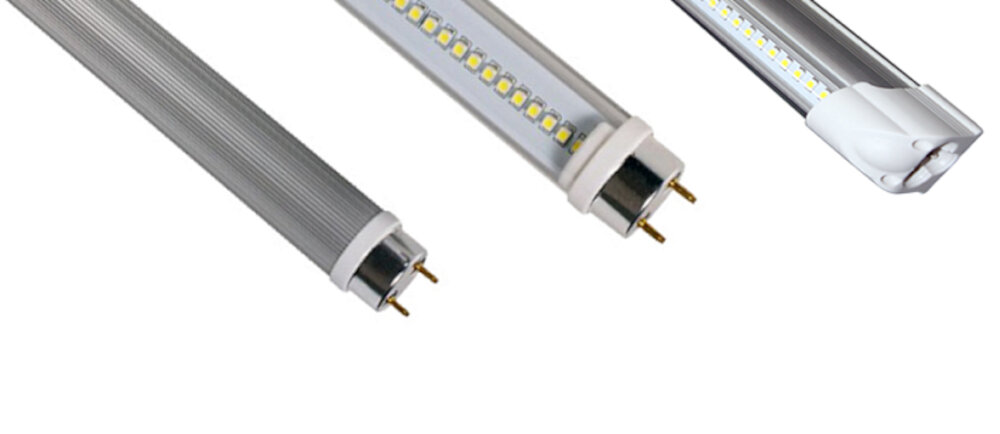
In conclusion, the debate between LED and halogen lights has been ongoing for years. While halogen lights have been the traditional choice due to their warm glow and affordability, LED lights have emerged as a modern alternative with a host of advantages. LED lights are energy-efficient, long-lasting, and provide brighter and more consistent lighting. They also have a lower carbon footprint and are more environmentally friendly. However, halogen lights still have their place in certain applications, such as in outdoor lighting and decorative fixtures. Ultimately, the choice between LED and halogen lights depends on personal preference and specific lighting needs. It is clear that both have their strengths and weaknesses, and the decision on which to choose ultimately rests on the user’s priorities.

